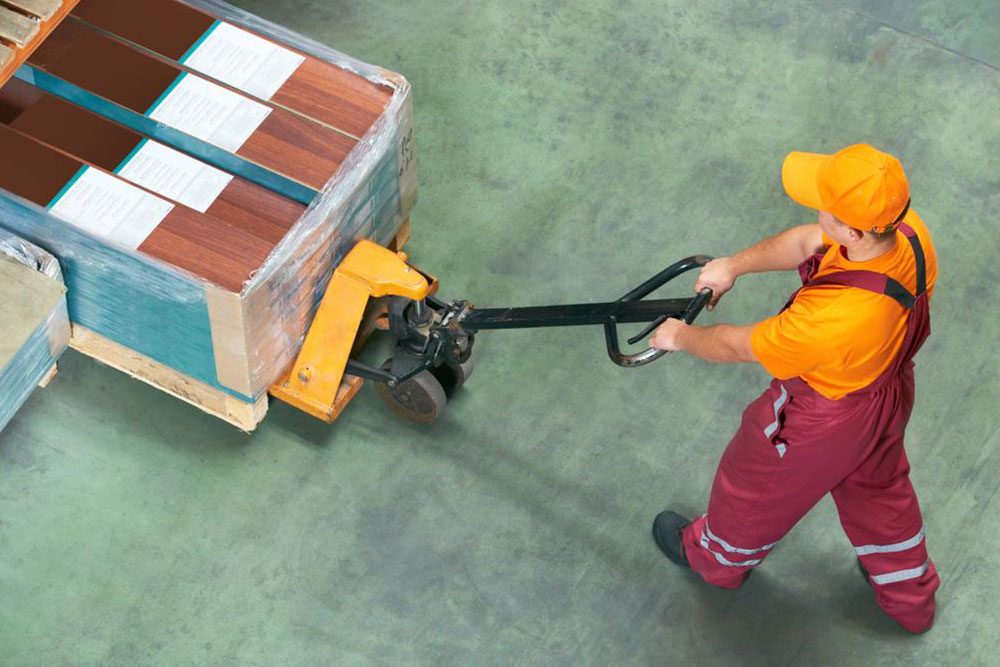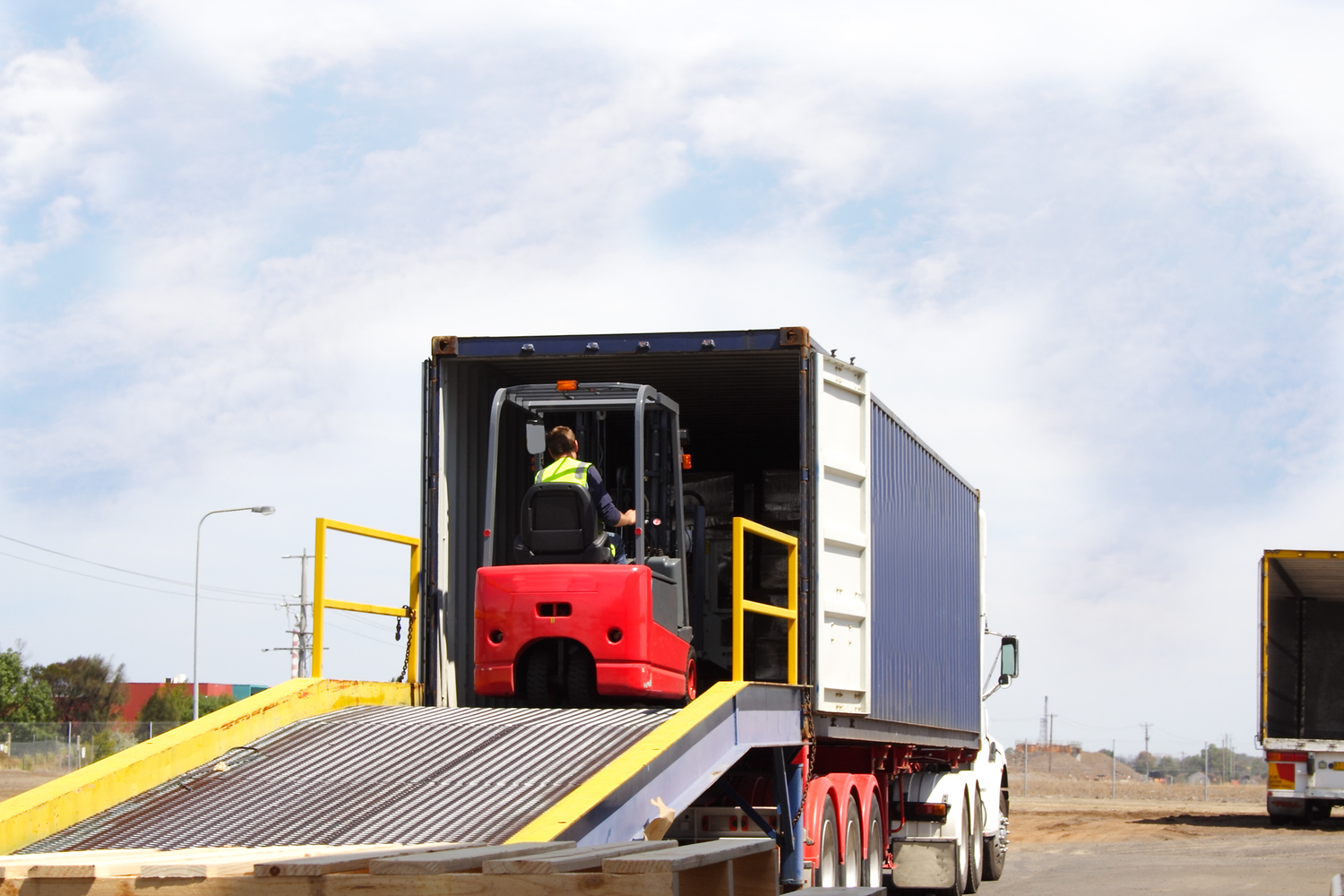Ultimate Guide to Pallet Truck Types, Uses, and Safety Considerations
This extensive guide explores the various types of pallet trucks, including manual and electric models, their features, operational best practices, safety tips, and factors to consider when choosing the right equipment for your warehouse or logistics needs. Enhance efficiency and safety with proper understanding and selection of pallet handling tools.

Ultimate Guide to Pallet Truck Types, Uses, and Safety Considerations
Pallet trucks are vital tools in modern material handling, widely used across warehouse operations, manufacturing plants, retail stores, and logistics centers. Their primary function is to facilitate the movement and lifting of pallets, which are standard units for transporting goods. Designed for efficiency and safety, pallet trucks come in various types, each suited to specific operational needs. Whether manual or powered, these devices play a crucial role in enhancing productivity, reducing injury risks, and optimizing space management in various industrial and commercial environments.
In this comprehensive guide, we will explore the different types of pallet trucks, their features, operational best practices, safety guidelines, and factors to consider when selecting the right model for your business. By understanding the intricacies of each type, business owners, warehouse managers, and operators can make informed decisions that align with their operational demands.
Manual Pallet Trucks
Manual pallet trucks are the most common type, especially suitable for small-scale operations, retail environments, and facilities where electricity may not be readily available. They operate via a simple lever mechanism powered manually by the user, making them cost-effective, lightweight, and easy to operate. Despite their simplicity, manual models are highly effective for moving lighter loads over short distances.
These trucks typically feature a low-profile fork system that can slide underneath pallets, enabling easy engagement and lifting. The user pushes or pulls the truck to transport loads within a facility, engaging a hydraulic pump through a handle to lift pallets off the ground.
The design's simplicity ensures minimal maintenance requirements, and since no electrical power is needed, they are generally safer for use in environments with flammable or hazardous materials.
However, manual pallet trucks do have operational constraints, chiefly related to their limited lifting capacity and mobility. They are best suited for light to moderate loads and short distances, typically under 35 meters per shipment.
When choosing a manual pallet truck, consider these factors:
Expected load capacity (usually suitable for loads up to 2000 kg)
Frequency of use (ideal for everyday or occasional use)
Type of floor surface (smooth floors are preferable)
Number of operators and ergonomic comfort
Powered Pallet Trucks
Electric pallet trucks, also known as powered forklifts, are designed for heavy-duty and high-volume handling tasks. They are equipped with rechargeable batteries and electric motors that simplify the movement of heavy loads, making warehouse operations more efficient and less physically taxing for operators.
These trucks come with various configurations, including single or dual forks, and are propelled by throttle controls or switches mounted on easy-to-handle handles. Models can be maneuvered smoothly in confined spaces, with some offering multi-directional capabilities, such as four-way access for better flexibility in tight environments.
Operators generally do not require a specialized license, but proper training on their use, safety protocols, and maintenance is essential. Electric pallet trucks can lift loads up to 5,000 pounds and typically have a minimum lifting height of about three inches, enabling them to clear pallets easily for stacking or transport.
Despite their advantages, powered models require regular maintenance, a reliable power source, and adherence to operational guidelines to ensure safety and longevity. They are ideal for handling larger loads over longer distances within warehouses, manufacturing plants, and distribution centers.
Key considerations when selecting an electric pallet truck include:
Load capacity requirements (up to 5,000 pounds or more)
Frequency and duration of operation
Type of terrain and flooring conditions
Operator ergonomics and ease of control
Operational Constraints and Best Practices
Both manual and powered pallet trucks have operational constraints that should be considered to ensure safety and efficiency. For instance, typical manual trucks are limited to front-wheel contact with the ground, making them less suitable for uneven terrains or rough surfaces. Additionally, neither type has a deck platform, meaning users should be cautious to prevent shifting or falling of loads.
Most pallet trucks are designed for access from either two sides (dual-face) or four sides (four-way), which provides versatility in storage layouts. Proper workplace design, such as smooth flooring, clear pathways, and adequate spacing, further minimizes the risks associated with pallet truck operation.
When employing these devices, always adhere to best operational practices, including:
Regular inspection and maintenance of wheels, hydraulic systems, and battery components
Carrying out load capacity checks before lifting and moving loads
Maintaining proper posture and ergonomic handling to prevent strain
Training operators on safe maneuvering techniques and emergency procedures
Choosing the Right Pallet Truck for Your Business
Understanding your operational needs is key to selecting the appropriate pallet truck. Factors such as daily workload volume, typical load weight, frequency of transportation, and environmental conditions all influence the choice of manual versus powered models.
For smaller operations with light loads and infrequent handling, manual pallet trucks are cost-effective and reliable. Conversely, if your facility handles heavy loads regularly, or if transportation distances are significant, investing in electric models will improve efficiency and reduce worker fatigue.
Additionally, consider the flooring surface—smooth concrete floors favor manual trucks, while uneven or outdoor terrains may require more robust powered options with four-way steering capabilities.
Always consult with equipment suppliers or safety experts to ensure compatibility with your specific operational environment and adherence to safety standards. Proper selection and maintenance of pallet trucks will contribute to safer workplaces and higher productivity.





